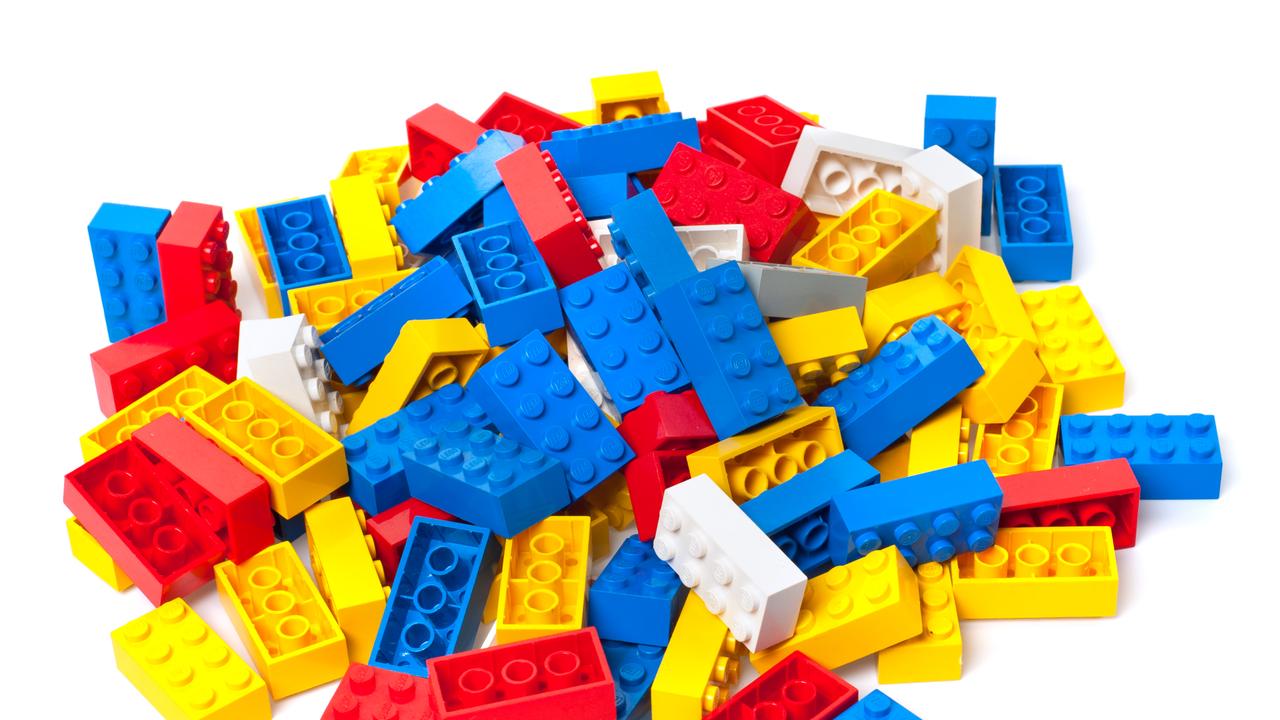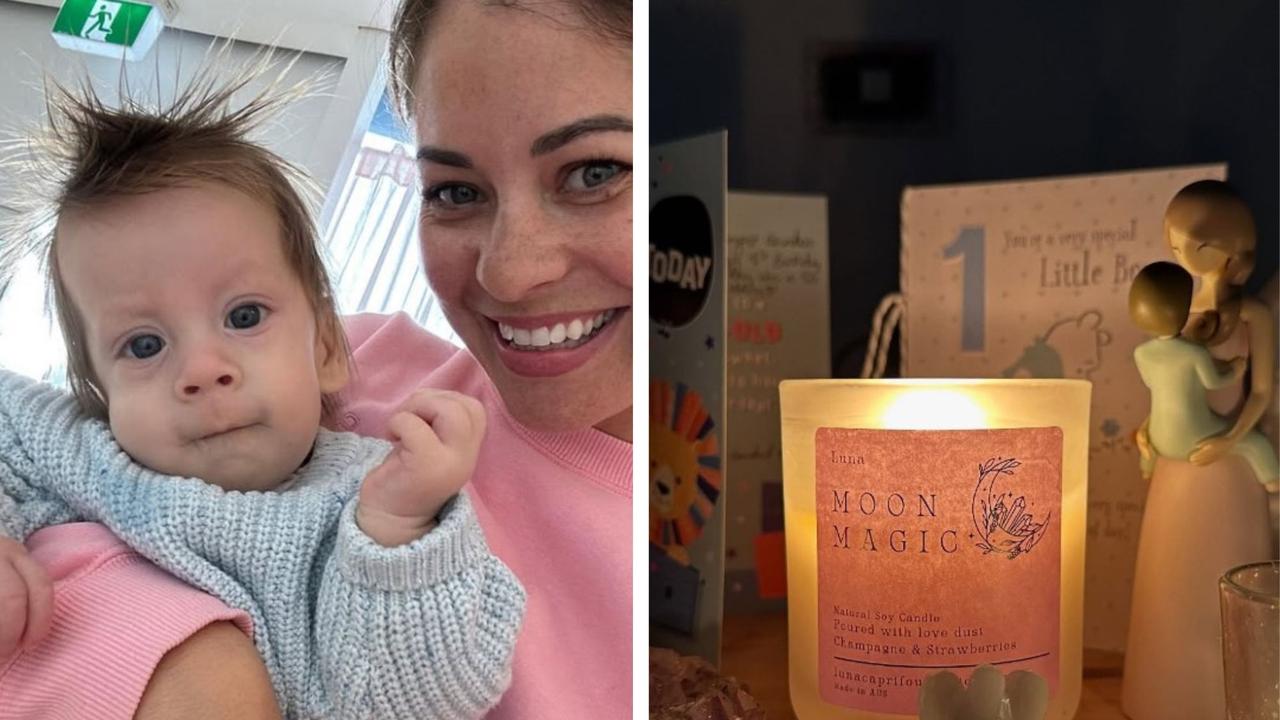The women’s marches explained: What do we really have to protest?
WHY protest a democratically elected president? Why is this only about women? If you’ve been asking these questions too, then here’s what you need to know.
OPINION
ON 8 November last year, Hawaiian grandma Teresa Shook was devastated by the election of Donald Trump.
So the former lawyer set up a Facebook event page inviting women to protest in Washington DC after the inauguration. Then she went to bed.
When Teresa woke up the next morning there were already 10,000 RSVPs.
It’s estimated that up to four million people were involved in women’s marches over the weekend. On seven continents across 60 cities, women, men and children marked the 45th American President’s first day in office with a highly visible demonstration of resistance.
But why? Why protest a democratically elected president? Why is this only about women? What about the men who don’t like Trump? What’s it got to do with the rest of the world? Aren’t things pretty good for women here in Australia?
If you’ve been asking (or have been asked) these questions too, then here is what you need to know.
WHAT ARE THEY PROTESTING?
The organisers of the Women’s March on Washington describe the march as a “women-led movement bringing together people of all genders, ages, races, cultures, political affiliations and backgrounds … to affirm our shared humanity and pronounce our bold message of resistance and self-determination”.
Interestingly, their official platform doesn’t even mention Trump but instead focuses on the values and rights his policies might threaten.
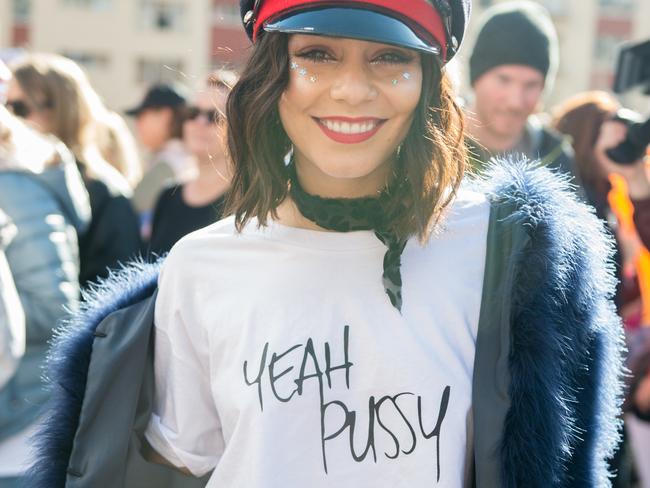
Of course, when millions of people are involved in something, their motivations, beliefs and ideologies will differ. Rallies like this are never homogenous.
Every American who voted for Donald Trump didn’t do so for the same reason and everyone who attended the marches didn’t have identical reasons either. Attendees cited everything from immigration, climate change, foreign aid, racism, income inequality, healthcare, LGBT rights and police brutality as their motivation to be there.
Organisers specifically made sure their platform was broad enough to include other groups whose rights may be curtailed under a Trump presidency such as blacks, Hispanics, Muslims, the LGBT community and people with disabilities.
Of course there are many women who find their identity in one or more of these groups as well. The phrase ‘women’s rights are human rights’ (which was borrowed from a speech Hillary Clinton gave in 1995) illustrates the fact that issues of fairness and equality all effect women.
ISN’T PROTESTING THE ELECTION OUTCOME ANTI-DEMOCRATIC?
Actually, the opposite is true. The right to protest and to make your voice heard is a vital part of a thriving democracy. While elections every three or four years give us the opportunity to change the government, that doesn’t mean government can do whatever it wants in between.
In America, the First Amendment explicitly protects the right of citizens to assemble peacefully and petition their government.
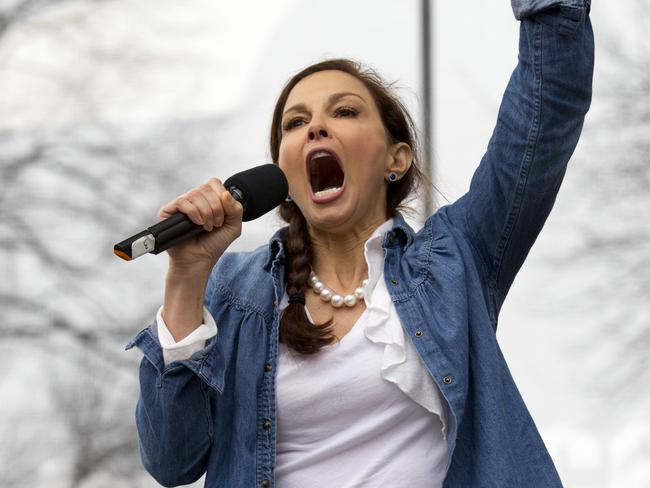
It’s important to note that this march was not an attempt to overthrow a government or even to challenge the outcome of a democratic election. The peaceful transition of power from Obama to Trump had occurred, uninterrupted, 24 hours before the march began.
The women’s march was simply a powerful, nonviolent reminder that Trump’s actions as president will not go unchecked. Democracy isn’t just reserved for elections, it is something we should involve ourselves in daily.
WHY DOES IT HAVE TO BE ALL ABOUT WOMEN?
The focus on women was undeniably intertwined with Hillary Clinton’s candidacy. Many women were furious that such a highly qualified and experienced public servant could lose to an erratic, attention-seeking reality television star.
Clinton’s loss felt like a loss on behalf of all women. It was a reminder that while we’ve come a long way, gender equality remains outside the reach of even the most privileged of women.
The marches focused particularly on women because the election of Trump felt particularly personal for women.
Trump is a serial misogynist whose policies pose a threat to women’s right to control their own bodies. During the campaign he made sexist remarks about his women opponents and several women have publicly accused him of sexual assault.
Trump’s infamous ‘pussy grabbing’ comment resonated with women because we all know men who speak and act like that. And now, one of those men runs the most renowned democracy in the world.
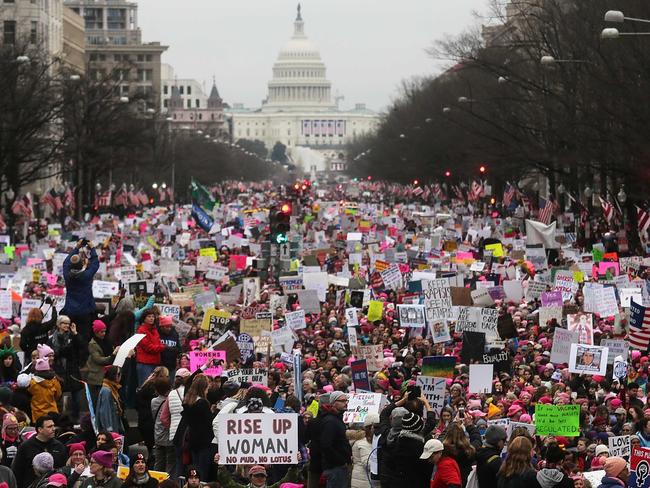
Men were actively encouraged to attend the marches and those who did were welcomed as supporters of gender equality. The campaign for women’s rights is not, and nor should it be, the exclusive domain of women.
There were also male supporters of the marches who chose not to go, preferring to leave this political space to women. Some men stayed at home to undertake caring duties, so that their partners, sisters and mothers could attend.
WOMEN HAVE IT PRETTY GOOD IN AUSTRALIA AND AMERICA. WHY AREN’T YOU PROTESTING FOR WOMEN IN AFGHANISTAN OR IRAN?
Implicit in this question is the assumption that having some rights is better than having no rights. There’s a coded message that says to women in the developed world: “The men here let you have more rights than men over there let their women have. So you should just be quiet, and grateful, for what you have”.
The inference is that rights have to be gifted to women by men, rather than being something all human beings are inherently entitled to. The inference is that what has been given can be taken away.
So let’s get one thing absolutely straight. Wanting a better life for women in the developed, democratic world does not stop you wanting a better life for women elsewhere. The two issues are not mutually exclusive. They are part of the same journey towards gender equality, one that is being fought by women everywhere.
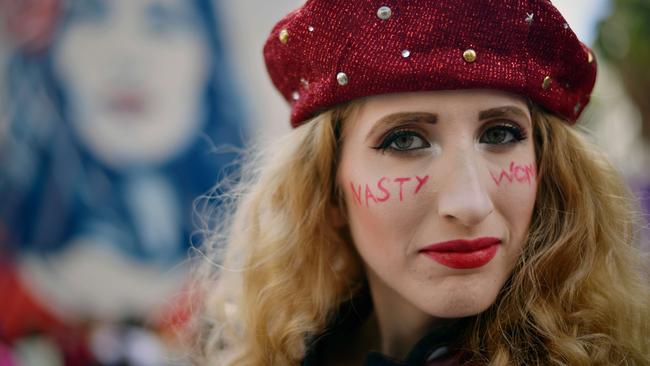
There is not a single country on earth where women and men are truly equal and that includes Australia. Women still earn only 79 cents in the dollar compared with men. A woman dies as a result of intimate partner violence every week. Women are entering paid work in record numbers and still do more than two thirds of unpaid domestic and caring work. Childcare is unaffordable, paid parental leave insufficient and abortion is still a criminal offence in some states.
THIS IS AMERICA’S PROBLEM, SO WHY ARE AUSTRALIANS MARCHING?
First and foremost Australians and marchers in other countries rallied in solidarity with their sisters in the United States. However in this increasingly globalised world, Trump’s presidency will undoubtedly have an international impact.
The American President’s actions have external ramifications through foreign policy, immigration policy, defence policy and environmental policy, to name a few.
There are also some parallels between political challenges in Australia and the United States.
High rates of indigenous incarceration, growing anti-Muslim sentiment, punitive border control measures and a refusal to act on climate change, are public conversations both nations are having right now. As a result, many Australians were marching to express concern about the political future of our own country.
WHY I MARCHED
I marched in Melbourne on Saturday because I needed somewhere positive to funnel my energy.
When Donald Trump defeated Hillary Clinton last year, I was one of the many women who took it personally. I felt shaken and shocked.
It was as if the values I consider most fundamental — equality, empathy, inclusion, hard work, humility — had been rejected on an enormous scale.
Joining hundreds of thousands of women and men to march reminded me how many people embrace those same values. And most importantly, will work to defend them.

Jamila Rizvi is a writer, presenter and news.com.au columnist. You can follow her on Facebook and Twitter.


